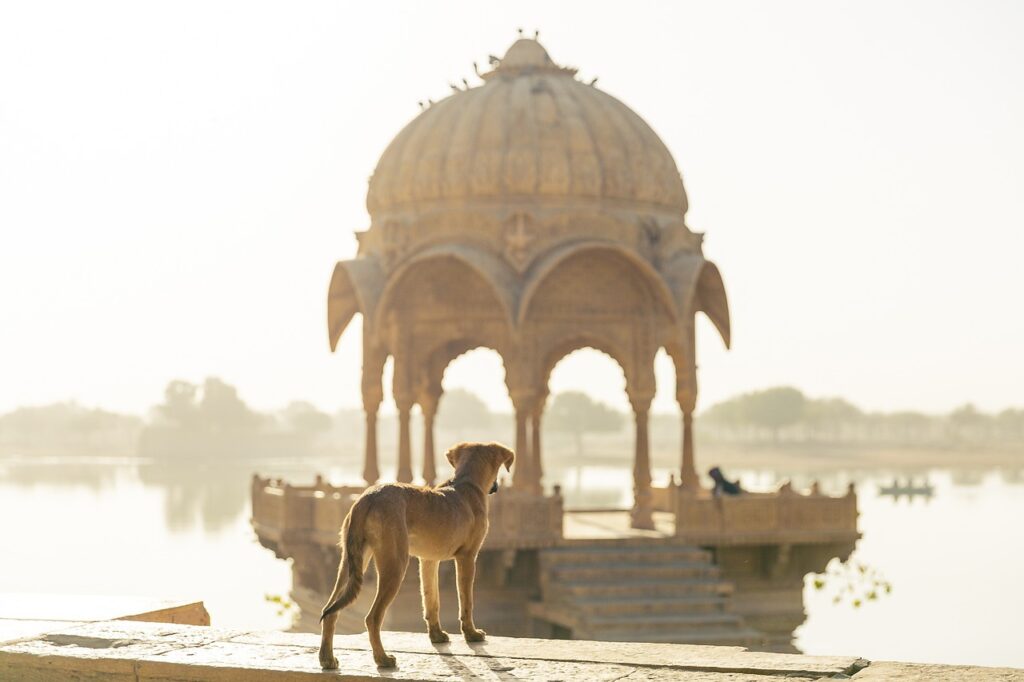What Is a Ponadiza?
In simple terms, a ponadiza refers to a type of projection or overhang—typically in roofing, balconies, and facade details. Think of it as an extension that juts out beyond the building line. It’s usually there to serve a couple of key roles: protecting surfaces from the elements (like sun or rain) and creating visual interest by managing shadows and outlines.
While it’s got a nice architectural flair, it’s also deeply functional. Welldesigned ponadiza aids passive climate control, blocks solar gain, and extends the lifespan of materials beneath it. From modern highrises to rustic homes, it’s a design choice that works above its weight.
Functional Benefits
Weather Protection
This one’s obvious but often underestimated. A properly designed ponadiza reduces weather exposure—rain, sun, even snow. That protects windows, doors, and walls, leading to less maintenance and lower energy bills.
Thermal Control
On buildings in hot environments, a thoughtfully placed ponadiza shades key sections like windows, reducing heat gain. That cuts down air conditioning needs and makes indoor spaces more comfortable with less equipment strain.
Aesthetic Value
Let’s not ignore the visual factor. Ponadiza breaks up flat surfaces, making buildings look less boxy. In modern styles, it creates sharp lines and pleasing symmetry. In rustic or traditional builds, it adds character and warmth without needing extra ornamentation.
Common Types of Ponadiza Installations
Roof Overhangs
Maybe the most straightforward form of ponadiza is the basic roof overhang. It projects to protect exterior walls and base foundations. You’ve seen this countless times—on craftsman houses, cabins, and contemporary structures.
Window Hoods and Sunshades
These are specialized versions of a ponadiza, designed to shade windows. They’re minimally invasive but effective in improving energy efficiency and reducing glare inside the building.
Cantilevered Balconies or Decks
Here’s where engineering meets design. A cantilevered balcony behaves as a largescale ponadiza. There’s no ground support—just structural magic holding it up. It expands usable space while maintaining a sleek footprint.
Design Tips and Considerations
Proportion is Key
A good ponadiza isn’t just bolted on. It should match the overall proportions of the building. Too small, it won’t perform. Too large, it might strain your structural systems or look awkward.
Material Choices Matter
Wood, concrete, steel—each brings something different. Wood’s great for warmth and texture but might need more maintenance. Concrete feels solid and permanent but reduces flexibility. Steel offers razorthin support but can be tricky with thermal bridging. Always factor in climate, purpose, and style.
Don’t Skip Structural Calculations
This isn’t just decor. A ponadiza has to carry its own weight—and resist wind, snow, and possibly seismic forces. Work with an engineer. Guesswork leads to warping or structural failure over time.
ponadiza as a Design Language
When incorporated thoughtfully, a ponadiza can unify different surfaces and spaces. It sometimes acts like punctuation between stories of a building. In layered designs, it provides rhythm and depth. You’ll see this in both residential minimalism and sprawling commercial developments.
Ponadiza also contributes to sustainability—something more architects and clients care about. It helps reach energy targets organically, reducing dependency on later fixes like automated blinds or window tints.
Building Codes and Permissions
Depending on your location, a projecting surface like a ponadiza might violate local setback rules or need permits. Some cities restrict how far structures can extend beyond the property line—even if it’s just a small overhang. Always check local building regulations before going too far into design.
Pro tip: early engagement with planning departments saves time and frustration. Waiting until inspection to find out your ponadiza isn’t compliant can delay the project and rack up costs.
Cost vs. Value
Adding a ponadiza does increase initial building cost. Materials, labor, and design hours aren’t free. But in many cases, it pays off. Lower HVAC costs, longer surface lifespans, and greater occupant comfort offset the upfront investment.
Also, buildings with welldesigned architectural features just feel more premium. That can mean better resale value, stronger brand presence (for commercial spaces), and more user satisfaction overall.
ponadiza in Practice: A Few RealWorld Takes
Urban Apartments: Slim steel ponadizas over glass balconies reduce heat buildup and offer a little weather protection without breaking lines of sight. Private Homes: Woodbeamed overhangs stretch beyond southfacing windows, blending into pergolas for outdoor shade and extending indooroutdoor flow. Public Buildings: Concrete slabtype ponadizas hover over entryways, making entrances feel significant and reducing rainfall splashback.
The magic’s in the details. These aren’t just extensions—they’re statements.
Final Word
If function met form in a strategic alliance, it’d look like a wellcrafted ponadiza. It blocks the sun so your A/C works less, but it also sharpens the visual identity of your build. It manages rain, but it also tells visitors where the entrance is—visually and spatially.
So next time you sketch roofing lines or window placements, ask yourself: what role could a ponadiza play here?
Integrate it early, design it smart, and you’ll get more than just shadow. You’ll get smarter flow, stronger surfaces, and a better user experience—all from a deceptively simple projection that starts at the edge and changes everything.
